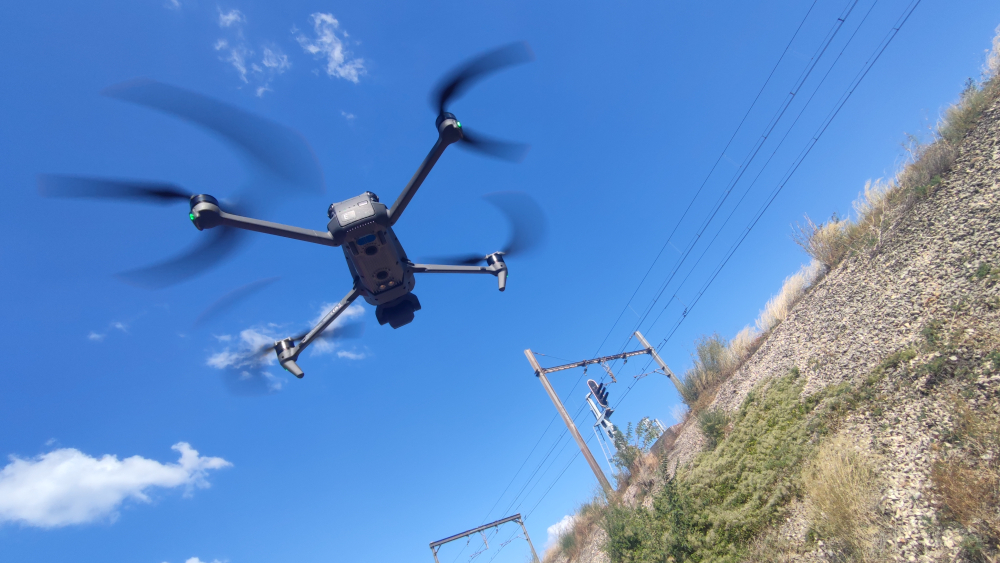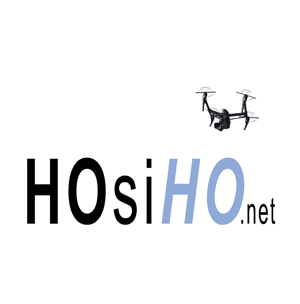Drone regulations in Europe in 2024
Europe is poised to become the world leader in drone regulation. Indeed, European legislation from 2024 has evolved to support and ensure the growth of the drone sector, while ensuring the security of airspace and the protection of civil rights.
Since the last update of drone regulations, we have seen a standardization of rules between countries, moving from national provisions to common European directives. Consequently, the cross-border aspect of the use of drones is no longer a barrier for professional operators, playing in favor of interoperability and offering new perspectives for the industry.
The notion of legality in Europe in 2024 is closely linked to the concept of responsibility. Drone remote pilots are thus bound by a certain number of obligations, ranging from adequate training to the identification of their machines, in order to guarantee responsible use. The emphasis is therefore placed on the professional, who now has a clear, stable and predictable regulatory framework.
The regulations in force also contribute to the safe and secure use of airspace, which is often subject to visual and noise pollution. Strict standards have been established to define permitted flight zones, with, for example, restrictions for populated or sensitive areas, and requirements for privacy.
On the scale of innovation and societal issues, current legislation gives pride of place to economic opportunities, while having a keen eye on respecting the rules of the art. She actually considers the drone as a potential economic development tool, but also as a public safety issue.
In view of this context, it is obvious that the regulation of drones in Europe in 2024 is positioned proactively.
It is positioned not only as a framework of strict rules, but above all as a facilitator of the evolution of the drone sector.
The balance between technological innovation, security and respect for individual freedoms finally seems to have been found, putting Europe in a good position to ultimately become the global laboratory for professional uses of drones.

The different categories of drones
The open category: featherweights to maneuver
Is it necessary to obtain specific authorization to operate a drone for leisure purposes? The answer is no, if your machine is classified in the open category according to European regulations. This segment mainly includes small multi-rotor drones. These devices, whose weight is below the 250g threshold, do not require a zone flight permit non-urban and not prohibited or regulated. Generally operated via radio control, these models are frequently equipped with cameras, offering high autonomy, and move at approximately 20 m/s for an unforgettable aerial experience.
The specific category: drones that perform under certain conditions
Owning a sophisticated drone cannot be improvised. Another type of drone is subject to a specific set of rules: this is the specific category. For these models, a Remote Pilot Proficiency Certificate (BAPD) is required due to their increased technical characteristics, including size, weight and speed. If a drone in this category has a camera, using it can start a whole other conversation about privacy. Some of these drones can even move at a speed exceeding 50 m/s. Their autonomy is often greater, using autonomous or semi-autonomous piloting systems, adding a level of sophistication to traditional radio control. For professional activities, the specific category is often established as the standard to be respected.
Flight rules for drones
Flight rules for drones in populated spaces
Cities and residential areas are typically the most regulated for drone flight. Their high population levels and infrastructure density lead to increased consideration for public safety. A drone pilot must respect a maximum altitude of 120 meters above the ground and maintain a minimum horizontal distance of 150 meters from homes.
Any intervention that involves flying directly over people requires specific authorization. At night, flights are generally restricted unless otherwise indicated by the regulatory authority.
Navigating outside populated areas: key directions
Regarding less populated spaces, or in some cases, isolated spaces, the altimeter restriction remains at 120 meters.
However, the horizontal distance of structures can be reduced to 50 meters. Here, the direct vision area of the drone pilot is a crucial criterion to ensure control of the drone throughout the flight. Drone flying in these places also requires compliance with an elementary rule: never endanger others, animals or property, including the drone itself.
Sensitive areas: Access restricted to drone flight
The regulations go further with the concept of prohibited areas or restricted spaces for drone flight. These areas include airports, military installations, nuclear power plants and many other sensitive locations. Drone flying in these areas without proper authorization can result in a stiff fine or even jail time. Sensitive areas for drone flight are generally established as follows:
•Around airports and airfields
•Near military installations
•Nearby nuclear power plants and dams
•Around hospitals and schools
Special events and associated flight rules
During special events such as outdoor concerts, sporting events, festivals or public celebrations, additional restrictions may be imposed on drone pilots. Organizers of such events may request airspace limitation for safety purposes. In addition, drone flight may be subject to prior authorization. In addition, certain exceptional weather or environmental conditions may result in temporary flight restrictions. A knowledgeable drone pilot should always be prepared to adapt to such situations.
To know more :
